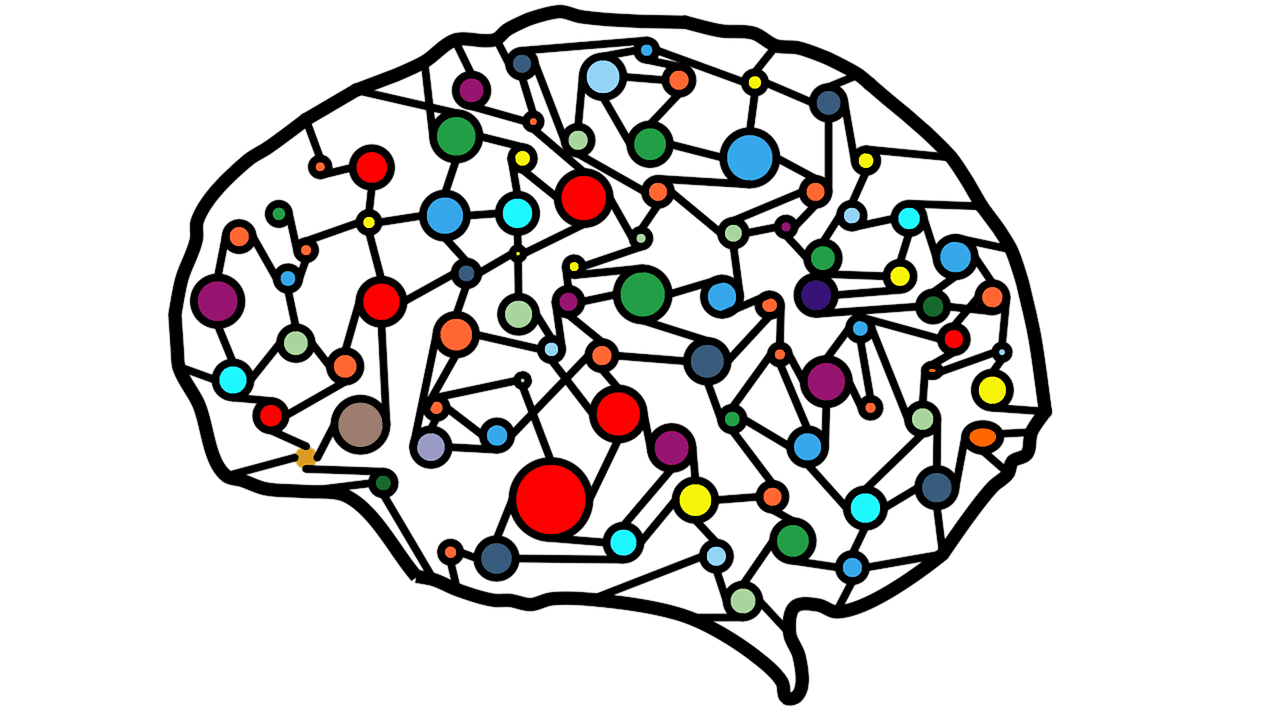Artificial Intelligence
Researchers Create First-Of-Its-Kind Artificial Neural Network

Researchers have created a multilayer all-optical artificial neural network, something that hadn’t been successfully demonstrated to this point. There is a huge desire to create practical optical artificial neural networks since they are faster and consume far less power than those networks based on traditional computers. These new developments could enable parallel computation with light.
The researchers from The Hong Kong University of Science and Technology, Hong Kong, laid out their two-layer all-optical neural network in Optica, The Optical Society’s journal that includes high-impact research. The researchers also showed how they could apply the network to complex classification tasks.
“Our all-optical scheme could enable a neural network that performs optical parallel computation at the speed of light while consuming little energy,” said Junwei Liu, a member of the research team. “Large-scale, all-optical neural networks could be used for applications ranging from image recognition to scientific research.”
These all-optical networks operate differently than the conventional hybrid optical neural networks that are used currently. In those, optical components are normally used for linear operations. In nonlinear activation functions, those that simulate the way neurons in the human brain respond, the optical components are often implemented electronically. This is because nonlinear optics require high-power lasers which are difficult to implement in an optical neural network.
To get around this, the researchers utilized cold atoms with electro-magnetically induced transparency in order to perform nonlinear functions.
Shengwang Du, a member of the research team, spoke about the new developments.
“This light-induced effect can be achieved with very weak laser power,” he said. “Because this effect is based on nonlinear quantum interference, it might be possible to extend our system into a quantum neural network that could solve problems intractable by classical methods.”
In order to test out their new approach, the team created a two-layer fully-connected all optical neural network. The network has 16 inputs and two outputs. They then used their all-optical network to classify the order and disorder phases of a statistical model of magnetism. They were able to conclude that the all-optical neural network was just as accurate as a trained computer-based neural network.
The next step for the research team is to expand this to large-scale all-optical deep neural networks. These can have complex architectures that are designed for specific applications like image recognition. By doing this, they can demonstrate that this system works at much bigger scales.
“Although our work is a proof-of-principle demonstration, it shows that it may become possible in the future to develop optical versions of artificial intelligence,” said Du.
“The next generation of artificial intelligence hardware will be intrinsically much faster and exhibit lower power consumption compared to today's computer-based artificial intelligence,” added Liu.
To see more of these kinds of developments in science and technology, The Optical Society (OSA) provides publications, meetings and membership initiatives, research, and dedicated resources. They have an extensive network of experts in the optics and photonics field. The organization supports scientists, engineers, students, and business leaders responsible for scientific discoveries, applications, and applications. Their website provides various news and research updates.














